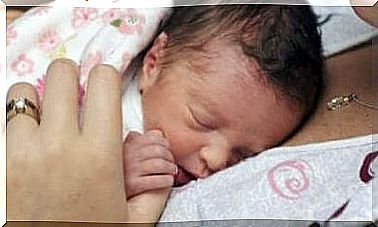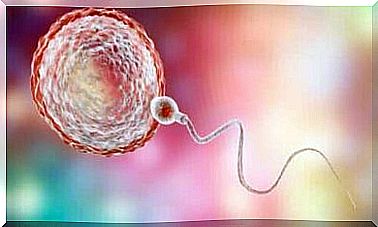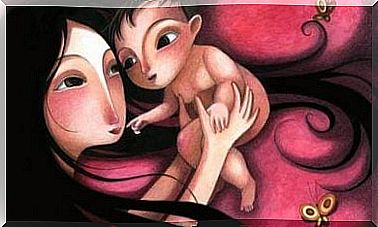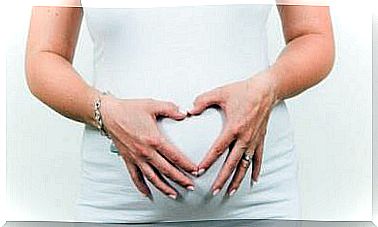What Are Montgomery’s Glands?

Montgomery’s glands are lesser known parts of the human body. But they perform important functions that are modified according to the body’s needs.
These glands are named after the Irish obstetrician who first described them in 1837. In the following article, we will explain what Montgomery’s glands are and what their function is.
What are Montgomery’s glands?
Montgomery’s glands are sebaceous glands that appear as small protrusions around the nipples, more specifically in the areola.
Not all women can recognize them easily, but during pregnancy it is easier to detect them. If you look closely, you will see small protruding buds in the wart yard; the dark area surrounding the nipple.
The number of glands can vary from person to person, as can their size. On average, there are usually 10 to 20 isolated glands per breast.
The functions of Montgomery’s glands
One of the most important functions of Montgomery’s glands is to promote lubrication and keep the breasts free of bacteria.
In fact, when a woman is breastfeeding , the secretions produced in them help prevent the contamination of breast milk before it is ingested by the baby.
Changes in Montgomery’s glands

Montgomery glands can undergo changes as a result of hormonal changes, among which the following processes stand out:
- The puberty
- Pregnancy
- A woman’s menstrual cycle
Some of the causes of enlargement, which are not related to hormonal changes, include the following:
- Stress
- Breast cancer
- Drug
- Tighten clothes
- Nipple stimulation
- Physical changes, such as sudden weight loss or gain
Changes in pregnancy
Changes in the mammary glands can be one of the first signs of pregnancy. In fact, some women notice them before they even miss their period.
Some early symptoms that may accompany enlarged Montgomery’s glands are described below:
- Enlarged or tender breasts
- Nausea
- Fatigue
- Edema
- Mood disorder
Over time, as the body prepares for breastfeeding, the size of the glands also increases, and the size and pigmentation of the nipple also changes.
Changes in Montgomery’s glands during breastfeeding
One of the great benefits of nipple glands is lubrication of the nipple during breastfeeding to avoid injury and discomfort. This is due to a type of sebum and antibacterial secretion that they produce.
Consequently, breastfeeding women should wash or rinse their nipples with soap and water during their daily shower. It is important to avoid disinfectant solutions or products that tend to dry out or irritate the area.
Montgomery’s glands and infections
As with all glands, Montgomery’s glands can become blocked, inflamed and infected.
According to a publication from the Spanish Association of Pediatrics, when you notice swelling, redness, pain or unusual changes around the nipple, you should contact your healthcare provider.
If blood, varicose veins, itching or any kind of rash around the breast care is obvious, a breast specialist should be consulted.
There are also some rare changes, which can be signs or symptoms of breast cancer. These are the following:
- Hard lumps in the chest
- Pits on the surface
- Changes in the size or shape of the nipple or breast
- Enlarged axillary lymph nodes
- Nipple charge
Take care of the areola and glands
During the breastfeeding period, the wart can suffer trauma that leads to the development of cracks. This can affect the pregnant woman’s health and interfere with breastfeeding.
One way to avoid this situation is to follow certain tips to ensure proper hygiene in the area:
- Always avoid squeezing Montgomery’s glands as they grow larger and look like pimples with liquid contents. When the skin breaks, it can cause painful discomfort and open the door to various bacteria.
- Create hygiene habits during breastfeeding that do not contain soaps or disinfectants that dry the skin.
- Do not use astringent products, as they may alter the main function of the glands to generate protective secretions.
- Use your own breast milk to smear the region and stimulate its hydration.
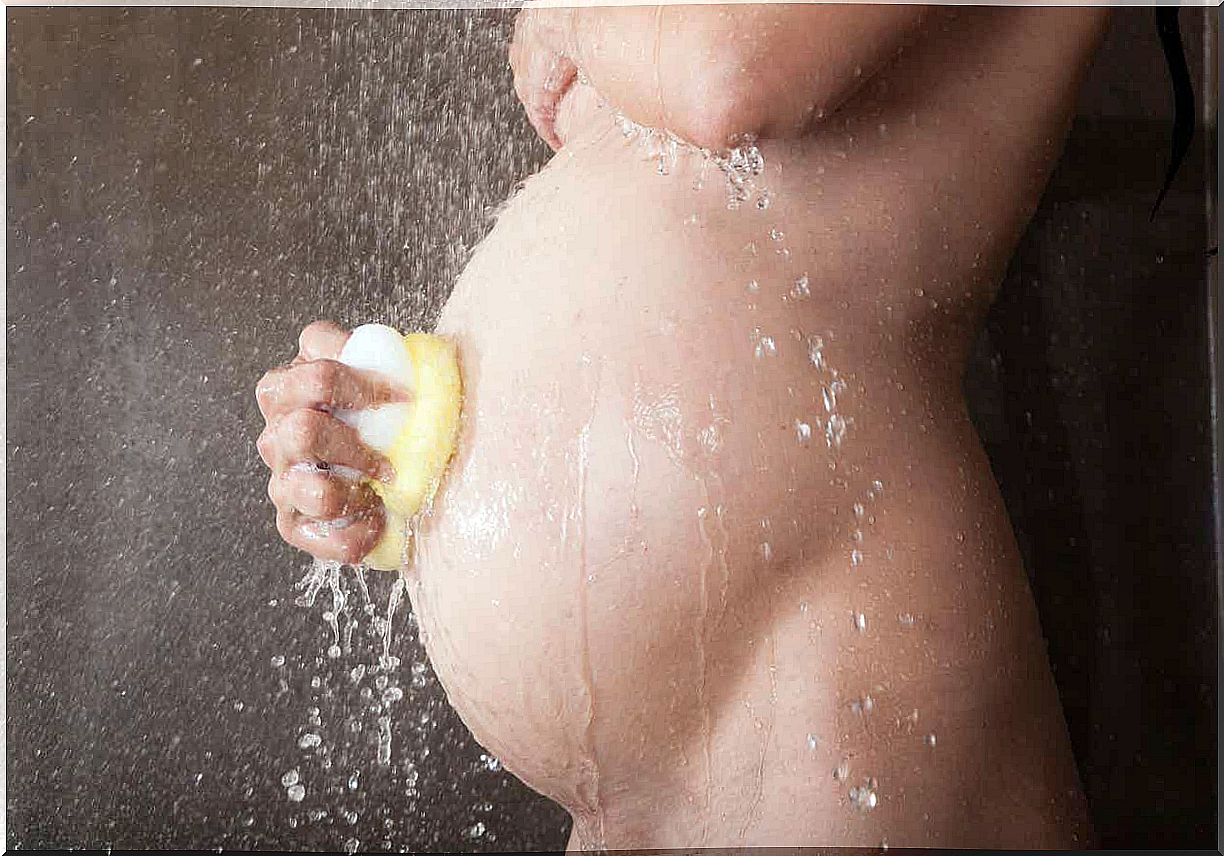
Montgomery’s glands and their significance
The gland of the wart is not a sign of disease and should not be seen as unusual manifestations on the surface of the skin.
In reality, they play an important role during breastfeeding, then increase in size and gradually decrease when the breastfeeding period ends.
